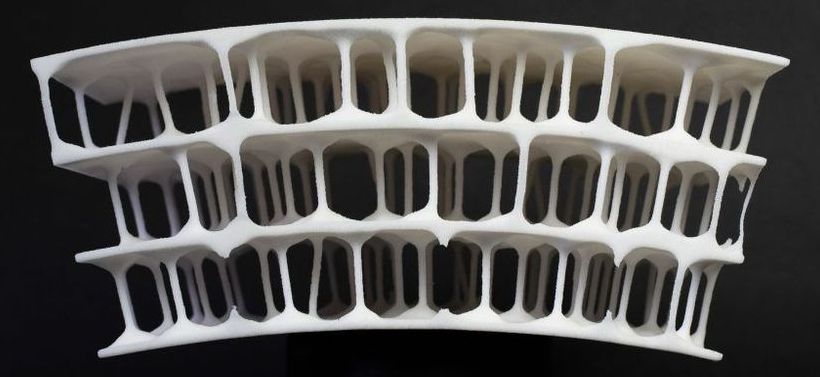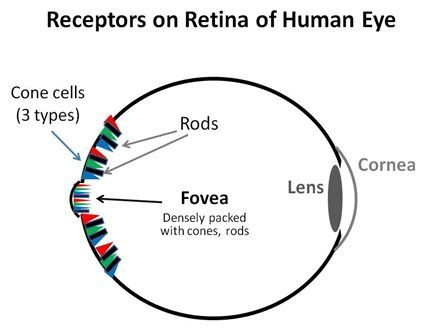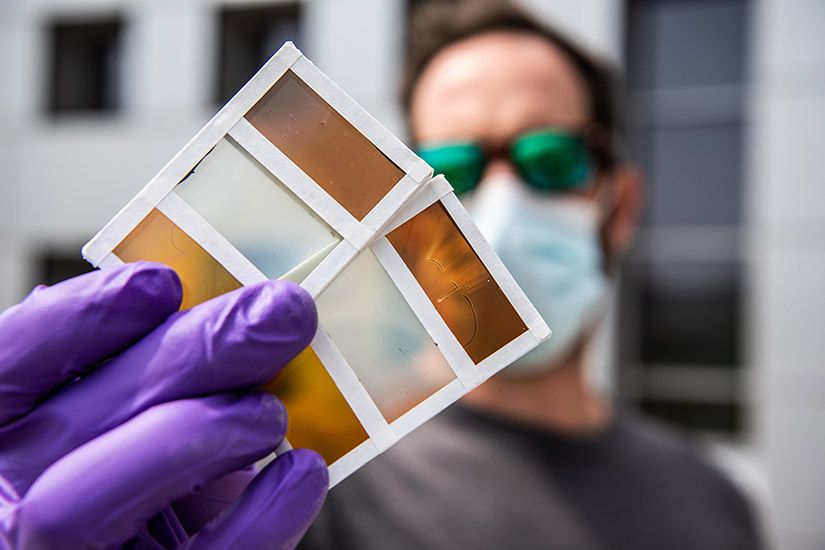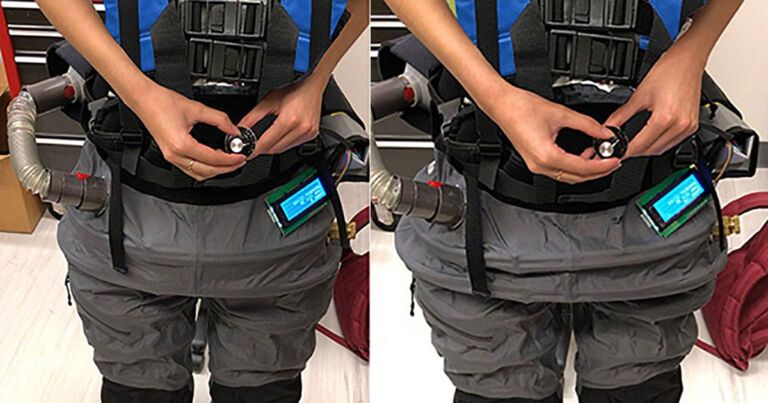The human eye does not work like a camera, contrary to common belief. Consider the following key factors:
1) Both the cornea and the lens COMBINE to give the focusing effect. Thus it is TWO lenses, not one that allow human vision. In fact the cornea is responsible for two-thirds or more of the focusing effect. The lens compounds that focusing, projecting it from past the pupil onto the curved retina at the back of the eye.
2) The eye corrects for CHROMATIC ABERATION by having a central pit, the FOVEA, where the blue cells are concentrated along the outer rim and the red cells concentrated in the center. Blue light focusses slightly closer to an objective lens and red light slightly further. Thus the red cells are concentrated further back, at the base of the pit, so that the human eye has a natural color correction without the need for complex color corrected lenses.
3) The retina is a curved “screen” at the back of the eye, allowing human vision to encompass an entire hemisphere of 180 degrees in the forwards direction. The retina is mostly rod cells except for at the central fovea, for seeing light but not color and detail, which is why it is easier to see faint objects through a telescope by using what astronomers call “averted vision,” not looking straight at it.
There are thus several factors in trying to use metamaterial lenses to create retinal projection, including:
1) Since the cornea is curved, a tailored curved contact metalens, instead of a flat metalens is ideal.
2) That lens must be able to project a wide-angled view through the lens of the eye, in such a way that the lens distributes the image widely onto the curved retinal screen.
3) If using a third exterior projection system onto that metalens, as with a pair of glasses, googles, or another metalens on top of the first one, it will be a four-lens projection system: projector metalens, contact metalens, human cornea lens, human eye lens. These elements will have to be coordinated into a single system with the final effect.









